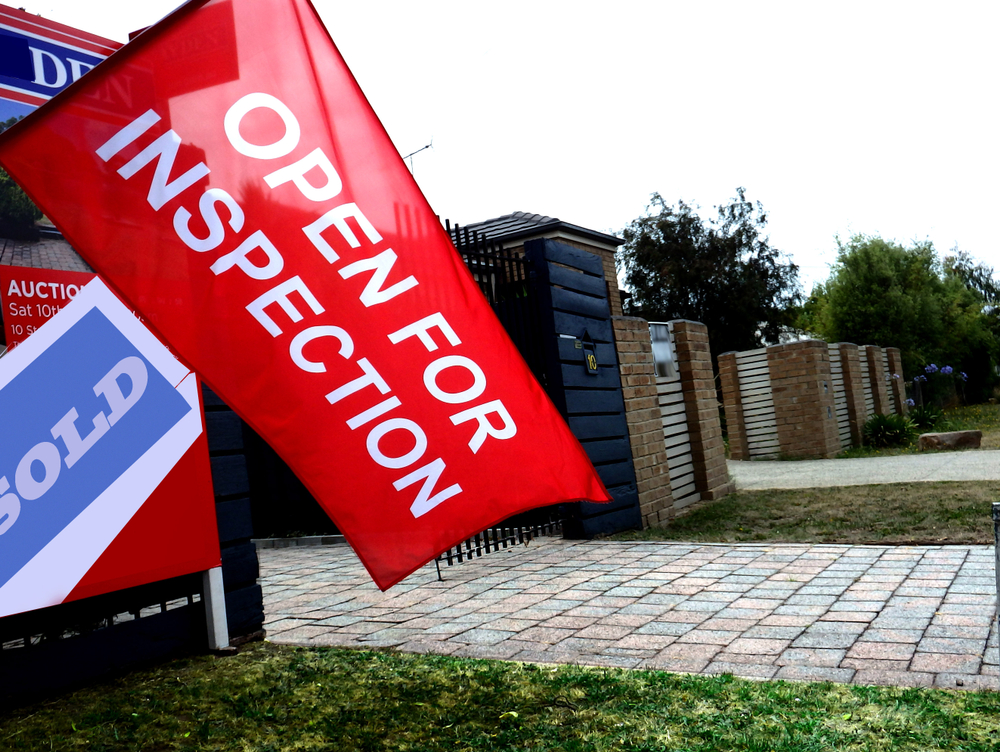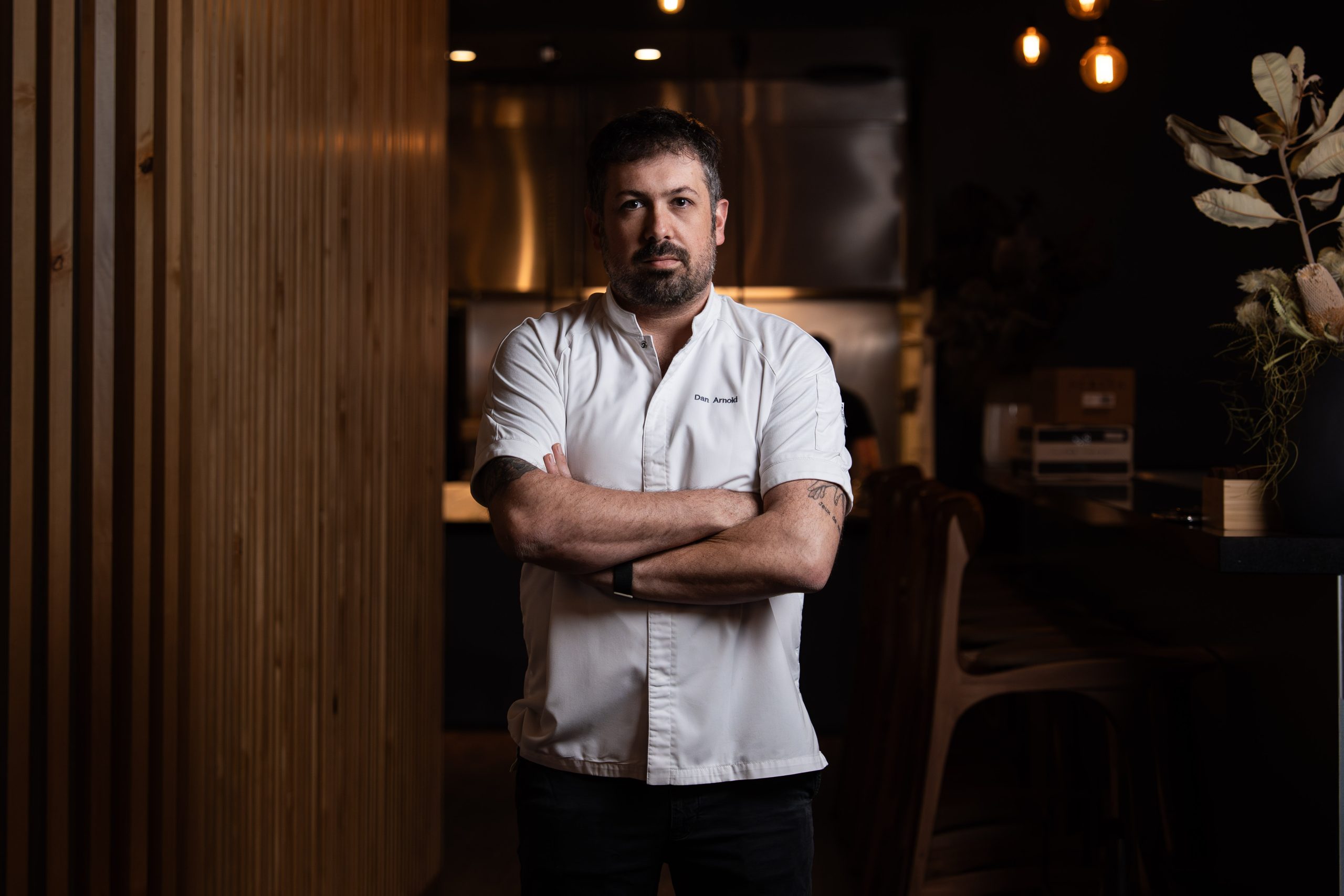The Australian state attracting savvy investors is not where you think
Property investors are targeting cheaper markets for capital growth and positive gearing
More property investors are seeking to buy in cheaper capital city markets amid high interest rates and inflationary pressures on holding costs such as insurance, repairs, utilities and strata levies. This is a key finding of Australian Property Investor (API) magazine’s Q1 2024 Sentiment Report, which canvassed the views of more than 600 Australians over the first three weeks of April.
The report also found that just three states are dominating investors’ interest, with 75 percent of survey respondents squarely focused on Queensland, Western Australia and New South Wales, which they say offer the best prospects for capital growth. Queensland is the favoured market, followed by Western Australia, which is soaring in popularity. Interest in Western Australia has doubled with 25 percent of respondents identifying it as the best growth market in 2024.
“Perth is not showing any signs of a slowdown, with population growth, housing supply shortages and high rents driving the capital growth,” said Julie Kelley, Global Sales and Marketing Manager ataussieproperty.com.
“The east coast investor contingent is also hungrily purchasing property at rates we haven’t seen since the mining boom of the 2000s. Buyers recognise Perth is extremely affordable, offers high rental yields, sub-1 percent vacancy rates, has a strong economy, and the fastest housing value growth nationally.”
While Queensland and Western Australia offer relative affordability, investors remain interested in Australia’s most expensive market, New South Wales. It appears Sydney’s ongoing price growth is attracting wealthier investors who have the capacity to pay the highest median house and apartment prices in the country.
Interest rates, access to finance, affordability and rental yields are the four key elements influencing investors’ decisions this year, and likely contributing to the popularity of Queensland and Western Australia. With rents racing higher around the country, there is an opportunity in cheaper markets to purchase properties that are not only rising in value but are positively geared. This means the landlord receives rental income exceeding the costs of holding the property.
Meantime, it seems Victoria has lost its appeal among investors due to weak capital growth over the past year and a perception that government policy is weighted against landlords. Victoria has introduced higher land taxes, enhanced tenants’ rights, and is now considering new minimum energy efficiency standards which may require costly upgrades to insulation and appliances.
Mike Mortlock, Managing Director of MCG Quantity Surveyors, said based on investment loan data, Victoria was likely to lose more than a net 5,000 rental properties (or 1 percent of the state’s rental stock) over the next 12 months as investors sell up and new buyers look elsewhere.
“Landlords are increasingly cautious about entering the Victorian market,” Mr Mortlock said. “It’s not just about those who are leaving. Many potential investors are now avoiding Victoria altogether, seeking opportunities in other states with more favourable conditions.”
Despite high interest rates and inflation making investment holding costs such as insurance, strata levies and repairs higher, more than one in five survey respondents intend to buy an investment property over the next 12 months. This was the most popular investment goal at 22 percent, followed by positioning for retirement at 18 percent, reducing loan debts at 14 percent and benefitting from capital growth and passive income at 8 percent.
High interest rates remain the primary concern of investors. More than half of respondents said a single 25-basis point rate rise would alter their buying and selling intentions.
API says affordability constraints have driven more people to the unit market than ever before. However, 39 percent of survey respondents say they are targeting houses for investments, with 23 percent targeting units and 18 percent seeking to buy a townhouse. Investors are also preferring capital cities to regional areas, even though the regions are outperforming over the year to date.
It appears investors are thinking more strategically over the long term, given their preference for houses in capital cities. Houses typically record higher capital growth than apartments over the long term because of their land value, and capital cities tend to outperform over the long term, too.
More than eight in 10 respondents believe property prices overall will continue to increase. CoreLogic Research Director Tim Lawless says more price rises in most markets are likely due to a lack of stock for sale to meet the strong demand.
“Inventory levels in these markets remain well below average despite vendor activity lifting relative to this time last year,” he said. “Fresh listings are being absorbed rapidly by market demand, keeping stock levels low and upwards pressure on prices.”
A divide has opened in the tech job market between those with artificial-intelligence skills and everyone else.
A 30-metre masterpiece unveiled in Monaco brings Lamborghini’s supercar drama to the high seas, powered by 7,600 horsepower and unmistakable Italian design.
Buyer demand, seller confidence and the First Home Guarantee Scheme are setting up a frantic spring, with activity likely to run through Christmas.
The spring property market is shaping up as the most active in recent memory, according to property experts Two Red Shoes.
Mortgage brokers Rebecca Jarrett-Dalton and Brett Sutton point to a potent mix of pent-up buyer demand, robust seller confidence and the First Home Guarantee Scheme as catalysts for a sustained run.
“We’re seeing an unprecedented level of activity, with high auction numbers already a clear indicator of the market’s trajectory,” said Sutton. “Last week, Sydney saw its second-highest number of auctions for the year. This kind of volume, even before the new First Home Guarantee Scheme (FHGS) changes take effect, signals a powerful market run.”
Rebecca Jarrett-Dalton added a note of caution. “While inquiries are at an all-time high, the big question is whether we will have enough stock to meet this demand. The market is incredibly hot, and this could lead to a highly competitive environment for buyers, with many homes selling for hundreds of thousands above their reserve.”
“With listings not keeping pace with buyer demand, buyers are needing to compromise faster and bid harder.”
Two Red Shoes identifies several spring trends. The First Home Guarantee Scheme is expected to unlock a wave of first-time buyers by enabling eligible purchasers to enter with deposits as low as 5 per cent. The firm notes this supports entry and reduces rent leakage, but it is a demand-side fix that risks pushing prices higher around the relevant caps.
Buyer behaviour is shifting toward flexibility. With competition intense, purchasers are prioritising what they can afford over ideal suburb or land size. Two Red Shoes expects the common first-home target price to rise to between $1 and $1.2 million over the next six months.
Affordable corridors are drawing attention. The team highlights Hawkesbury, Claremont Meadows and growth areas such as Austral, with Glenbrook in the Lower Blue Mountains posting standout results. Preliminary Sydney auction clearance rates are holding above 70 per cent despite increased listings, underscoring the depth of demand.
The heat is not without friction. Reports of gazumping have risen, including instances where contract statements were withheld while agents continued to receive offers, reflecting the pressure on buyers in fast-moving campaigns.
Rates are steady, yet some banks are quietly trimming variable and fixed products. Many borrowers are maintaining higher repayments to accelerate principal reduction. “We’re also seeing a strong trend in rent-vesting, where owner-occupiers are investing in a property with the eventual goal of moving into it,” said Jarrett-Dalton.
“This is a smart strategy for safeguarding one’s future in this competitive market, where all signs point to an exceptionally busy and action-packed season.”
Two Red Shoes expects momentum to carry through the holiday period and into the new year, with competition remaining elevated while stock lags demand.
On October 2, acclaimed chef Dan Arnold will host an exclusive evening, unveiling a Michelin-inspired menu in a rare masterclass of food, storytelling and flavour.
In the remote waters of Indonesia’s Anambas Islands, Bawah Reserve is redefining what it means to blend barefoot luxury with environmental stewardship.



















